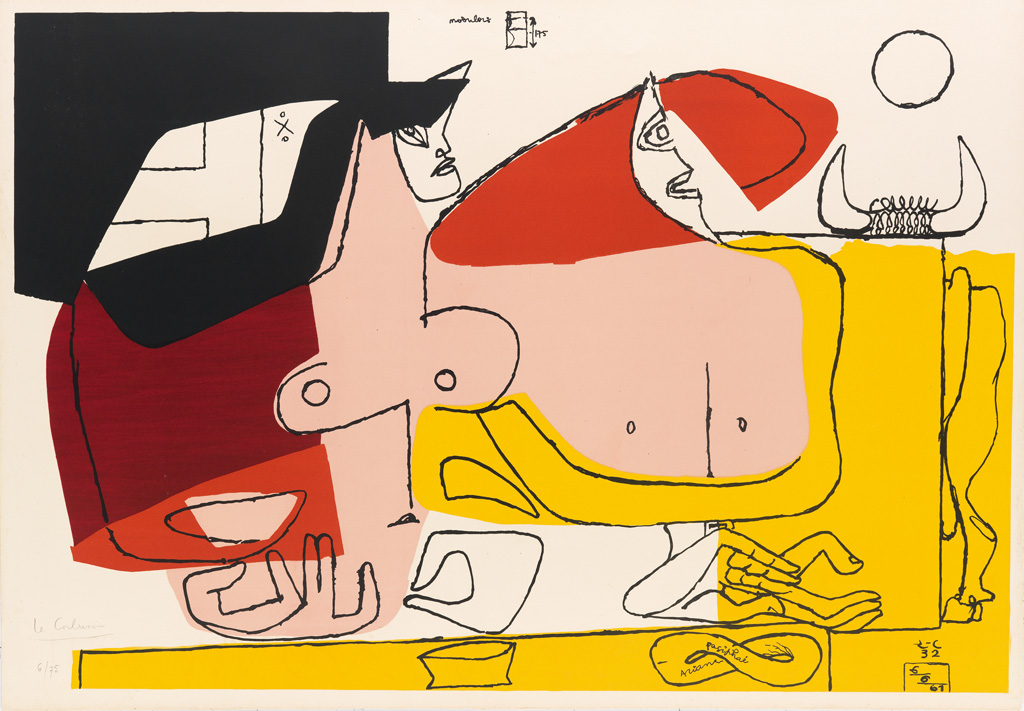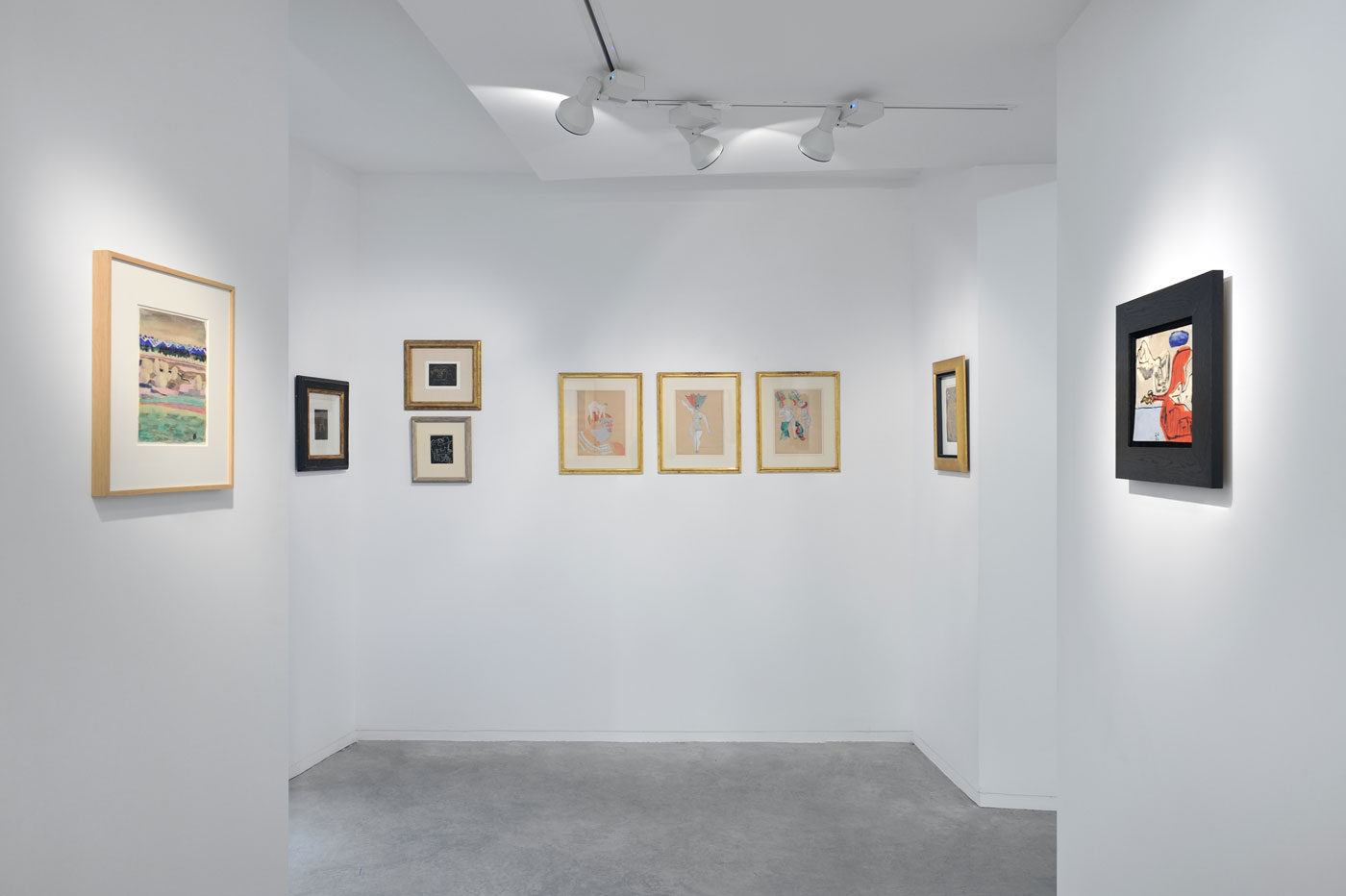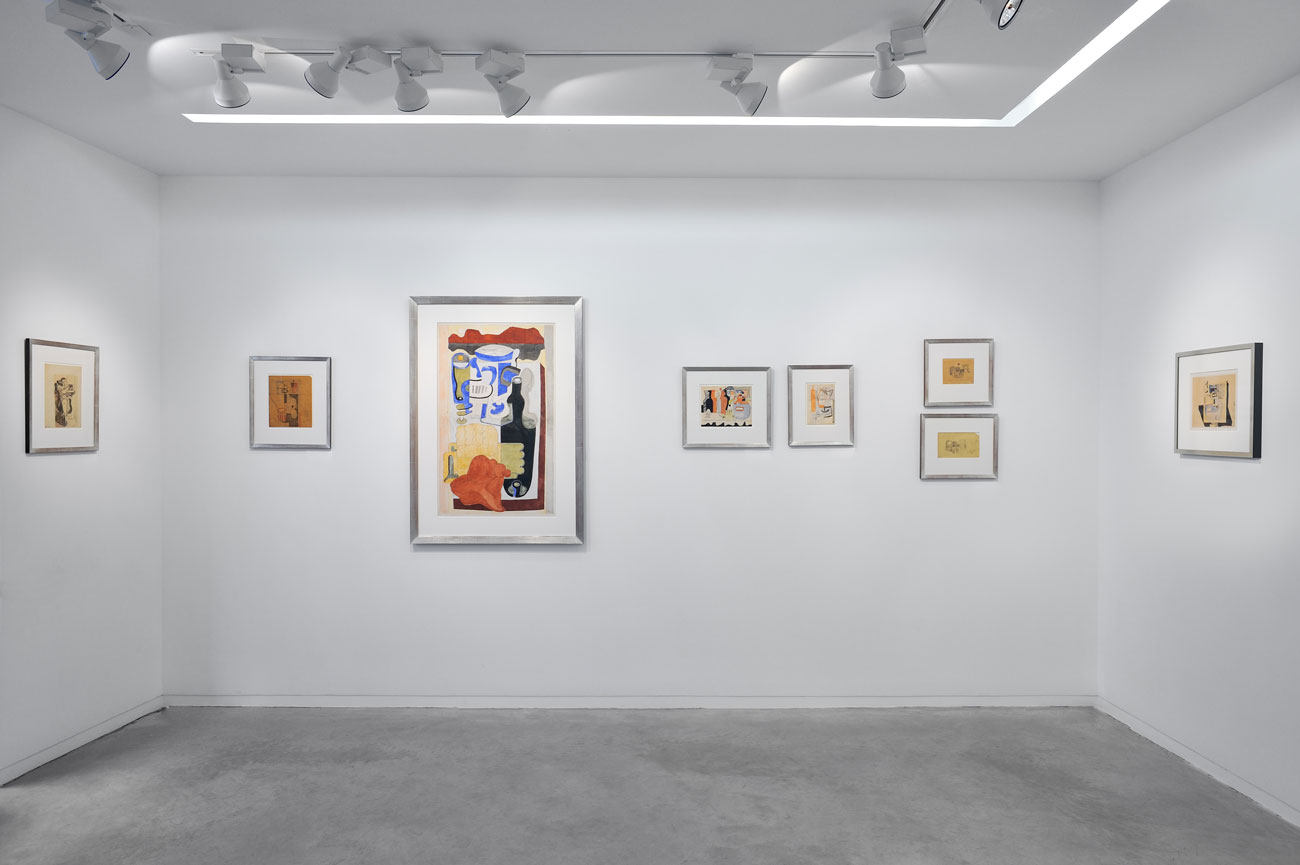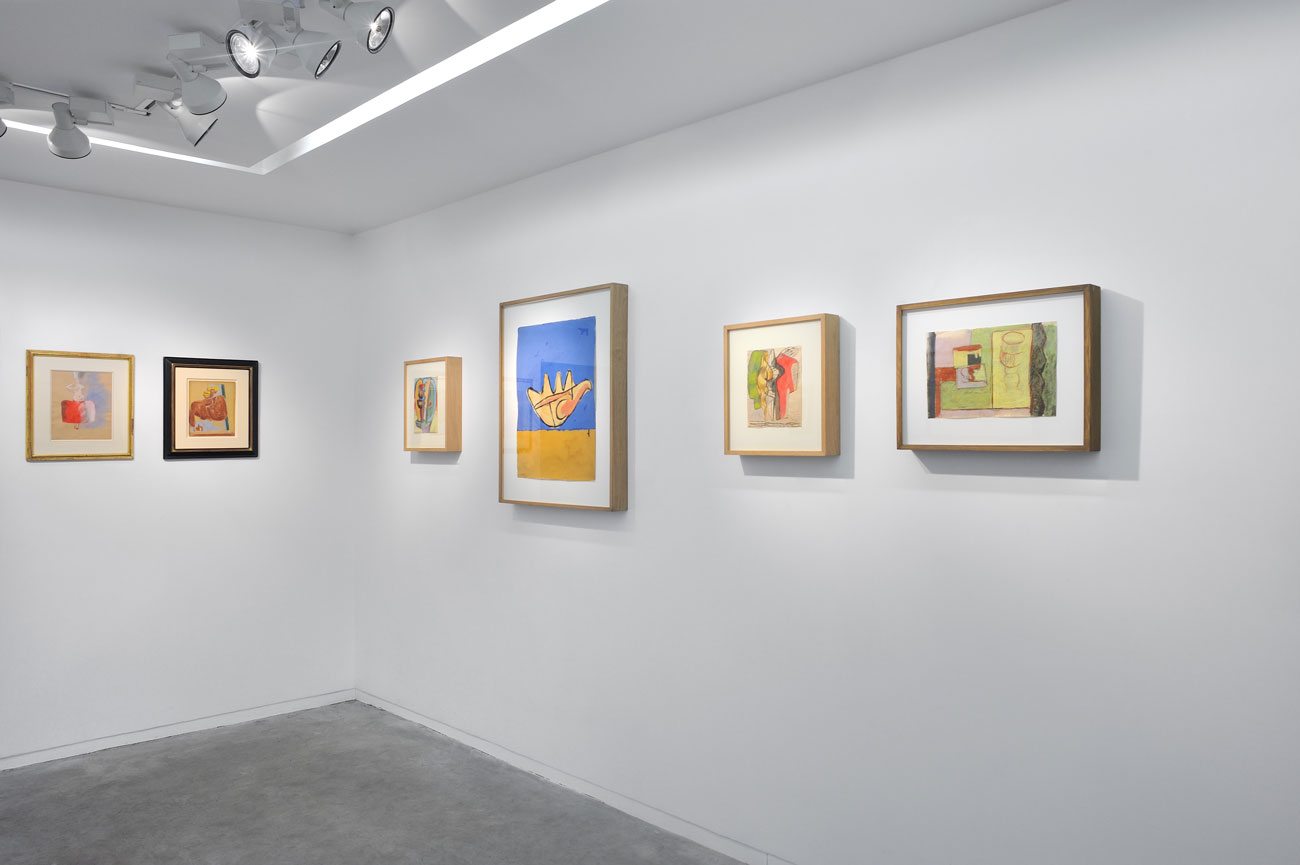
Le Corbusier
Le Corbusier
Le Corbusier was a French-Swiss architect, designer, and painter who, along with Frank Lloyd Wright, Walter Gropius, and Mies van der Rohe, is considered one of the most influential architects of the 20th century. Credited with pioneering the Modernist architecture, Le Corbusier popularized open-floor style edifices, the extensive use of concrete in urban buildings, as well as several chair and sofa designs. “Architecture is the masterly, correct and magnificent play of masses brought together in light,” he once explained. “Our eyes are made to see forms in light; light and shade reveal these forms; cubes, cones, spheres, cylinders or pyramids are the great primary forms which light reveals to advantage.” Born Charles-Édouard Jeanneret on October 6, 1887 in La Chaux-de-Fonds, Switzerland, he studied visual art and, as a painter, was initially drawn to Cubism before rejecting it to cofound the Purism movement. He also helped launch the journal L’Esprit nouveau, wherein he introduced his groundbreaking essay the Five Points of Architecture, which was represented in material form by his building the Villa Savoye in Poissy, France. In 1955, the city of Chandigarh, India commissioned him as its master urban planner, many of the buildings including the city’s Legislative Assembly and High Court, are still in use today. Le Corbusier died on August 27, 1965 in Roquebrune-Cap-Martin, France while swimming in the Mediterranean.
Category:
Artists





